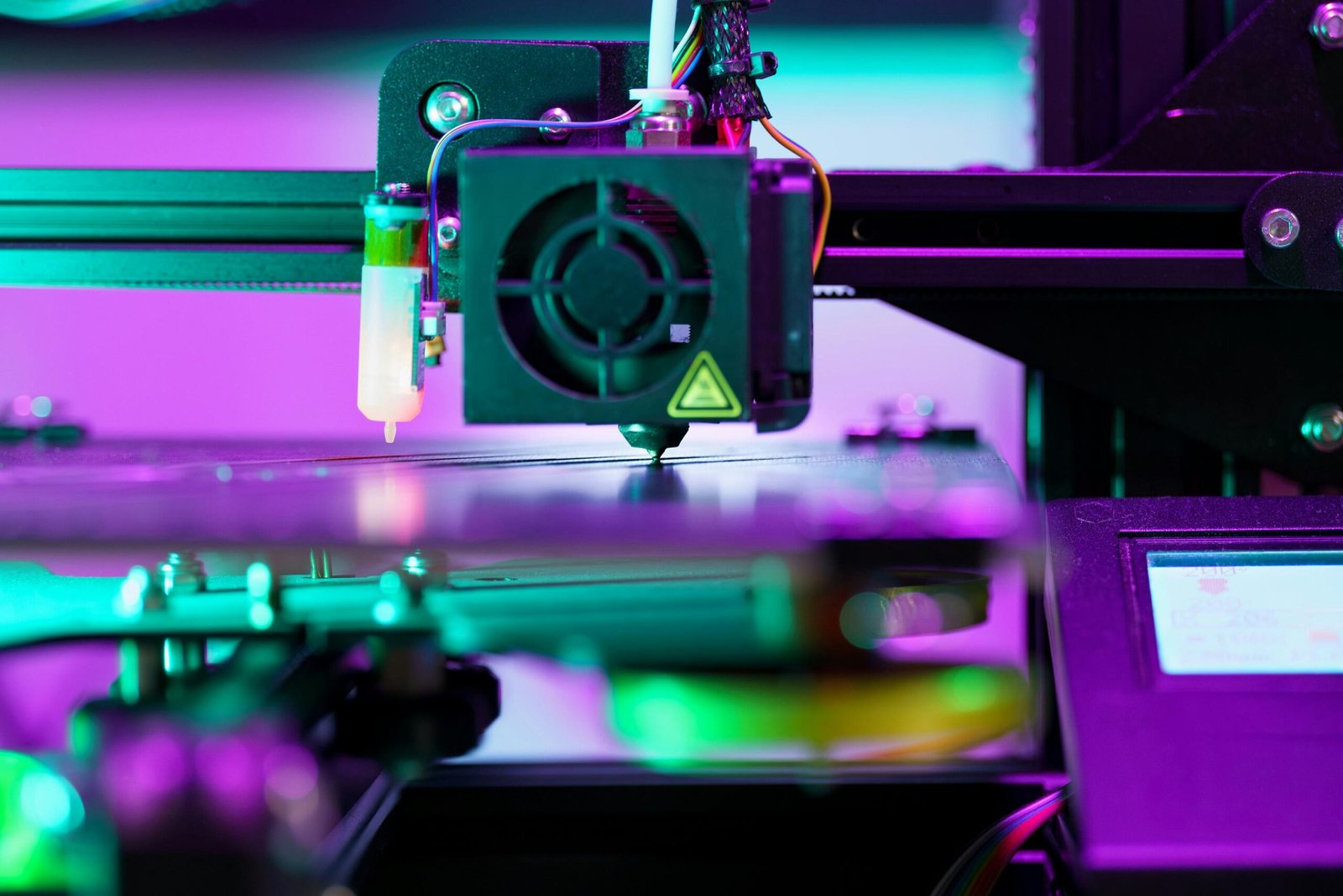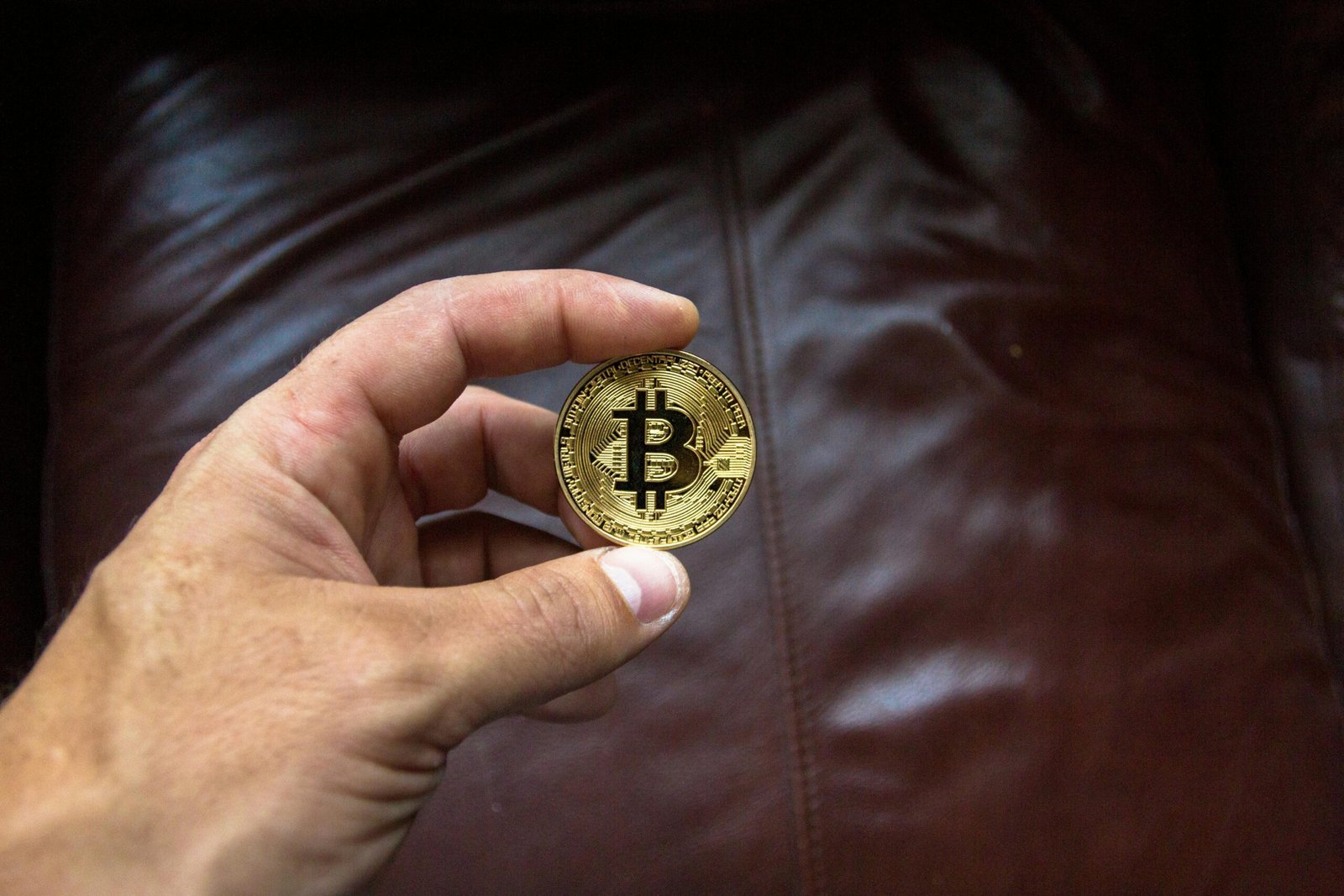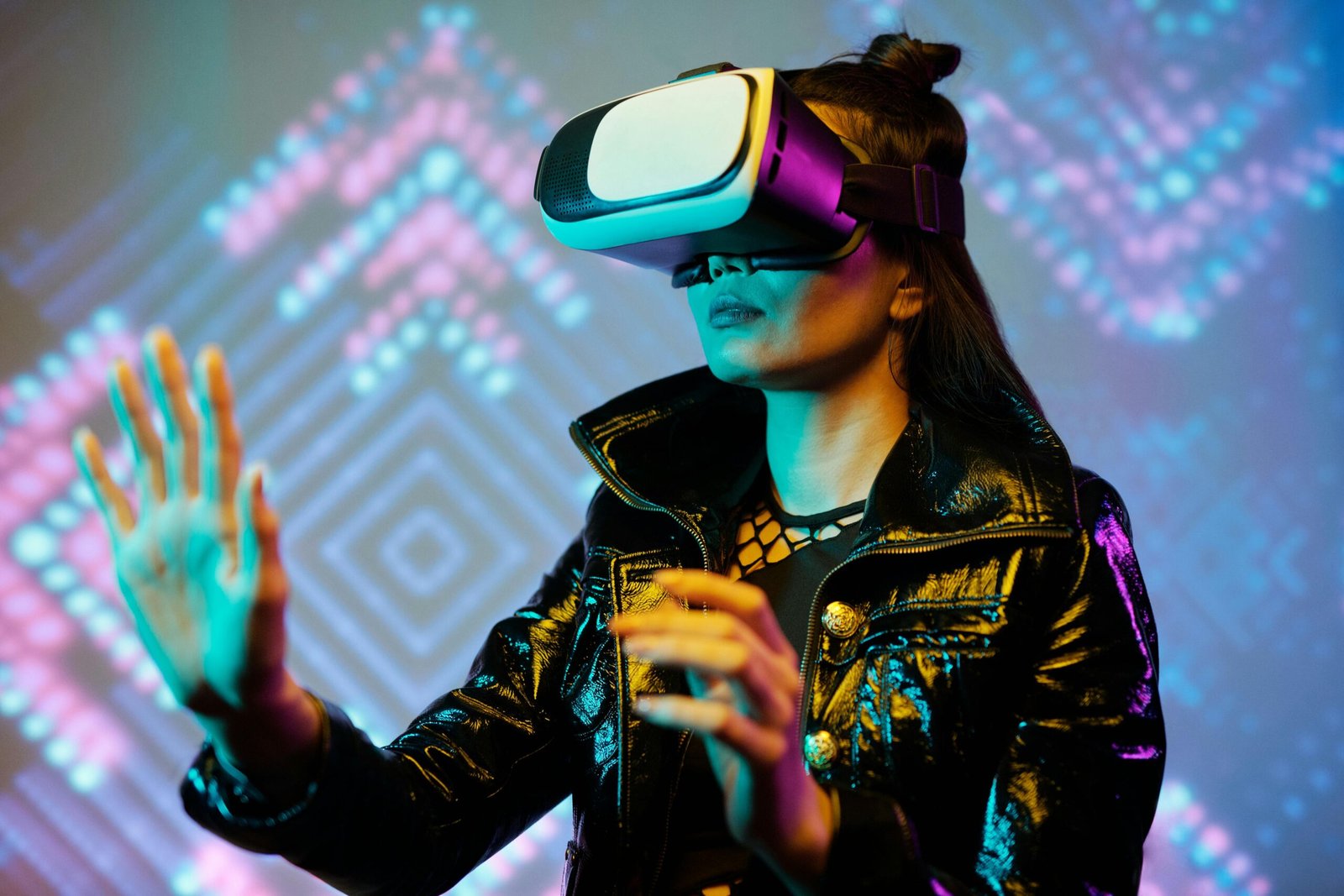Imagine a world where you can print your own clothes, create personalized gadgets, or even print out dinner—all from the comfort of your home. While that might sound like something from a sci-fi movie, the rise of 3D printing is making these ideas a reality. 3D printing, also known as additive manufacturing, is revolutionizing how we create and interact with the world around us.
Once confined to industrial uses, 3D printing is rapidly becoming more accessible, affordable, and versatile, opening up endless possibilities for personal use. In the next decade, 3D printing could completely change how we shop, design, and even live. So, what’s in store for the future of 3D printing, and how will it impact our everyday lives?
1. What Is 3D Printing?
Before diving into its future, let’s first understand what 3D printing is all about. 3D printing is a process that creates three-dimensional objects by layering materials—usually plastic, metal, or resin—based on a digital design. Unlike traditional manufacturing, where materials are cut, drilled, or shaped, 3D printing adds material layer by layer, allowing for highly intricate designs and custom-made items.
It’s already used in industries like aerospace, healthcare, automotive, and construction, but in the near future, it has the potential to make its way into almost every aspect of our daily lives, from what we wear to what we eat.
2. 3D Printing and Customization: The Personal Touch
One of the biggest benefits of 3D printing is the level of customization it offers. Imagine being able to print a one-of-a-kind pair of shoes designed just for you or a custom-fit piece of jewelry that’s tailored to your exact preferences. As 3D printing technology advances, we can expect an increasing number of products to be customized for individual needs and tastes.
Custom Fashion
Fashion could be one of the most transformative industries when it comes to 3D printing. Designers are already experimenting with 3D-printed garments and accessories, creating avant-garde pieces that are light years ahead of traditional clothing. In the future, this could evolve into personalized fashion options where customers can upload their measurements, choose fabrics or materials, and print clothes that fit their body perfectly.
Imagine a world where you could print a new outfit in your home—tailored to your exact size, designed according to your preferences, and even made from eco-friendly materials. The possibilities are endless when it comes to wearable tech and 3D-printed clothing.
Custom-Designed Furniture
Another area where 3D printing is poised to make an impact is home décor. Furniture that’s custom-made for your space or designed to meet your unique needs could become the norm. Rather than visiting a furniture store and settling for what’s available, you could upload your own designs, choose the materials, and have your furniture printed out on demand.
3D printing could also allow for smaller, more efficient manufacturing, reducing waste and enabling more sustainable practices in the furniture industry. Companies like IKEA are already experimenting with 3D-printed designs, and soon, this will likely extend to a broader range of home products.
3. Healthcare: Revolutionizing Medicine
The healthcare industry stands to benefit immensely from the advancements in 3D printing. From prosthetics to medical devices, 3D printing is already making waves, and its potential in healthcare is virtually limitless.
3D Printed Prosthetics
One of the most exciting applications of 3D printing in healthcare is in the creation of custom prosthetics. Traditional prosthetics can be expensive and uncomfortable, but 3D printing allows for customized, affordable, and lightweight prosthetics that are specifically designed to fit an individual’s body.
In the future, the process of getting a prosthetic could be as simple as scanning the affected body part, designing the prosthetic, and printing it out. This could make prosthetics more accessible, reducing costs and improving the quality of life for many people.
Personalized Implants and Medical Devices
Beyond prosthetics, 3D printing could enable the creation of highly personalized implants, such as joint replacements or dental implants. These devices could be tailored to an individual’s anatomy, improving comfort, function, and longevity. In addition, 3D printing could be used to manufacture customized surgical tools, reducing the time it takes to prepare for surgery and improving outcomes.
Bioprinting: The Future of Organ Transplants
Perhaps the most mind-blowing potential of 3D printing in healthcare lies in bioprinting. This cutting-edge technology involves printing human tissues and organs using living cells. While still in the experimental stage, researchers are already printing simple tissues and even skin for burn victims. In the future, 3D printing could lead to the creation of fully functional organs that could be used in transplants, drastically reducing the need for organ donors.
4. 3D Printing and Sustainability: A Greener Future
Sustainability is a growing concern across all industries, and 3D printing could play a key role in reducing waste and promoting eco-friendly practices.
Reduced Manufacturing Waste
Traditional manufacturing methods often involve cutting, drilling, or shaping materials, which can generate a significant amount of waste. With 3D printing, however, material is added layer by layer, making the process far more efficient and reducing waste. In fact, 3D printing can be more sustainable than traditional methods, especially if recycled or biodegradable materials are used in the printing process.
Sustainable Materials
As 3D printing becomes more widespread, there is also potential to use alternative, sustainable materials. For instance, companies are already experimenting with printing objects using materials like recycled plastics, biodegradable filaments, and even materials derived from algae or other plant-based sources. This could lead to a future where everyday products are made from sustainable, eco-friendly materials, reducing our dependence on plastic and other harmful substances.
Localized Manufacturing
One of the most exciting possibilities for sustainability is localized manufacturing. Instead of mass-producing items in factories on the other side of the world and shipping them across the globe, 3D printing allows for products to be made locally. This could drastically reduce carbon emissions associated with transportation and shipping, leading to a more sustainable, localized economy.
5. The Future of 3D Printed Food
While 3D printing has made an impact on everything from fashion to healthcare, the food industry is another area that’s being revolutionized. 3D printing food may sound strange, but it’s already happening.
Personalized Nutrition
In the future, 3D printers could be used to print meals designed specifically for your dietary needs, preferences, and even your health goals. Imagine printing out a breakfast tailored to your nutritional requirements or printing a healthy snack on-demand. This could help make healthier eating more accessible and personalized, with meals printed in the exact shape, texture, and nutritional profile that suits your body.
Food Production Efficiency
3D printing could also play a major role in increasing the efficiency and sustainability of food production. By printing food from plant-based ingredients or lab-grown meat, the need for traditional farming could decrease, potentially lowering the environmental impact of food production. For example, 3D-printed meat is already being tested, which could one day help reduce the environmental strain of raising livestock.
6. 3D Printing in Education and DIY Projects
3D printing isn’t just for professionals; it’s becoming increasingly accessible to hobbyists, students, and makers alike. In the future, we can expect to see 3D printing technology incorporated more widely into education and DIY culture.
Education
In classrooms, 3D printers are being used to teach students about design, engineering, and technology. By allowing students to create physical models from their ideas, 3D printing encourages creativity and problem-solving skills. Students can also print out models to better understand complex scientific or historical concepts, from biological structures to ancient artifacts.
DIY Projects
For the DIY enthusiast, 3D printing opens up a world of possibilities. Whether you’re designing your own furniture, creating custom tools, or printing replacement parts for appliances, 3D printing can save time and money while allowing you to make exactly what you need. As 3D printers become more affordable and user-friendly, they could become a staple in many homes, providing a personal, on-demand manufacturing tool.
7. The Challenges Ahead for 3D Printing
While the future of 3D printing is incredibly promising, there are still challenges that need to be addressed:
- Cost: While 3D printers are becoming more affordable, high-quality printers and materials can still be expensive. As technology advances and becomes more widely adopted, prices are likely to decrease, but for now, it remains a barrier for some.
- Intellectual Property: As 3D printing becomes more accessible, questions about intellectual property and copyright arise. How will designers and manufacturers protect their creations in an era where anyone can print copies at home?
- Regulation: The ability to print everything from medicine to weapons raises important ethical and regulatory questions. Ensuring that 3D-printed objects meet safety and quality standards will be crucial as the technology becomes more widespread.
8. Conclusion: A Future Shaped by 3D Printing
The future of 3D printing in everyday life is incredibly exciting, with endless possibilities for customization, sustainability, and innovation. From personalized fashion to medical breakthroughs, this technology is set to redefine how we create and consume.
As 3D printing continues to evolve, it will undoubtedly play a crucial role in shaping the future of industries across the board, making our world more connected, sustainable, and personalized. In the coming years, we can expect to see 3D printing integrated into our homes, our businesses, and our lives in ways we can’t even fully imagine yet.
FAQs
1. Can 3D printing be used for mass production?
Yes, while 3D printing is often associated with custom and small-scale production, it has the potential to be used for mass production. As the technology advances, it could be used to create large quantities of products more efficiently and with less waste.
2. Is 3D printing expensive?
The cost of 3D printing has decreased significantly in recent years. While high-end models can still be expensive, there are many affordable options available for personal and home use. The cost of materials, such as plastic filaments, is also becoming more affordable.
3. What materials can be used in 3D printing?
3D printing can use a wide variety of materials, including plastics, metals, ceramics, and even food ingredients. As the technology advances, more materials, including eco-friendly and sustainable options, are being developed for use in 3D printing.
4. Can 3D printers create food?
Yes, 3D printing technology is being used to create food, from simple chocolate decorations to full meals. 3D printers can print food by layering ingredients, offering the potential for personalized nutrition and more efficient food production.
5. What are some common uses of 3D printing in healthcare?
In healthcare, 3D printing is used to create custom prosthetics, medical implants, and surgical tools. It also has the potential to print human tissues and organs, offering a new frontier in medicine.




